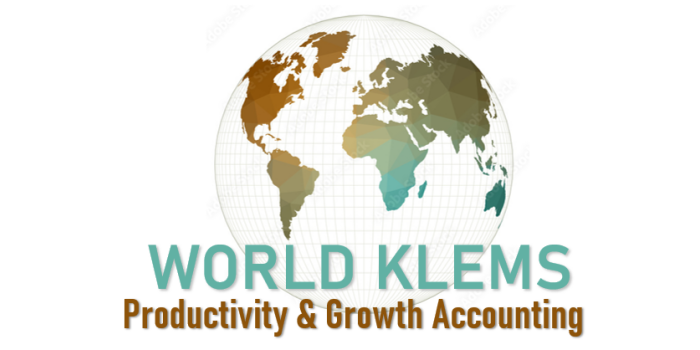Tokyo-Klems Conference website launched
Date: 10 December 2024
The website of the 8th World KLEMS Conference has been launched. The Tokyo-Klems website provides the latest information for this event, including the preliminary program, registration, and additional information.
